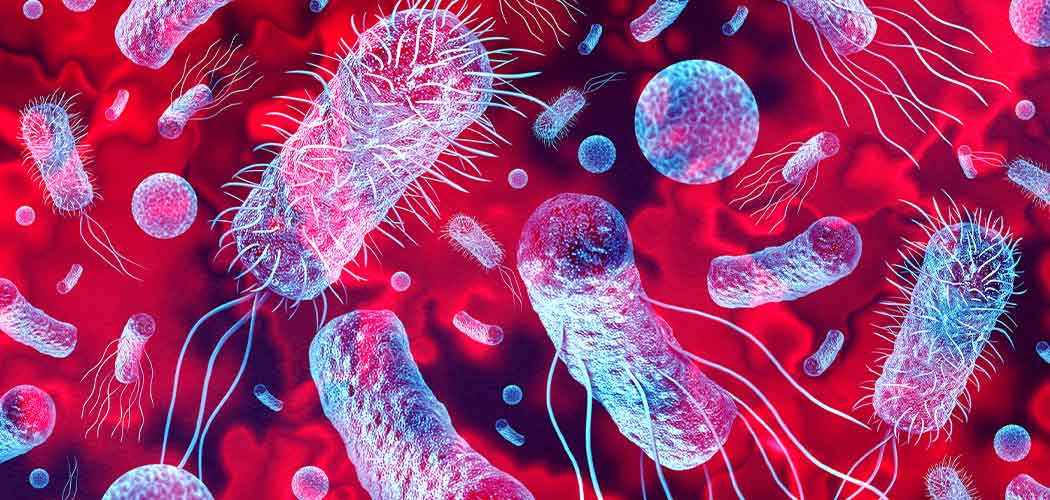On a seemingly ordinary day in 2023, Laura Remy’s life took a dramatic turn. What started off as a mild cough and fever, quickly escalated into life-threatening sepsis.

“I initially continued to work and dismissed my symptoms as minor. However, the symptoms worsened dramatically overnight, with chest pain, severe chills, and vomiting. I had an awful feeling that I was gravely unwell and might die.”
Laura was rushed to the emergency department (ED) on the day before her 44th birthday as her condition progressed from sepsis to septic shock. She was placed in a medically induced coma in the intensive care unit for four days. She remembers her last thought being that she wouldn’t be around to see her four-year-old twins grow up.
Thankfully, she recovered and was discharged from the hospital 10 days later and started a long way back in recovery.
On September 13, World Sepsis Day we recognise efforts across the globe to strive for better sepsis care, and to reduce the impact of this life-threatening illness.
In a Queensland Health forum and webinar held at the Royal Brisbane and Women’s Hospital, Laura urged consumers and clinicians alike to know the signs and symptoms and consider ‘could it be sepsis’.
Organised by the Global Sepsis Alliance, World Sepsis Day began in 2012 and is held every year as an opportunity for people worldwide to unite in the fight against sepsis. Sepsis can follow from any infection—like the flu, stomach infection or a grazed knee. It can be hard to identify and could result in death.
Sepsis Australia has a range of clinical and educational resources available to healthcare professionals. A clinician’s role is key in the recognition and treatment of sepsis or septic shock and can help greatly improve outcomes for those diagnosed with sepsis and their families.
Watch the animation and think: Stop! Think! Could it be Sepsis?
Sepsis has profoundly altered her life, but now in positive ways, says Laura.
“Our household acts swiftly at the first sign of illness, routinely conducting tests to identify potential infections.”








